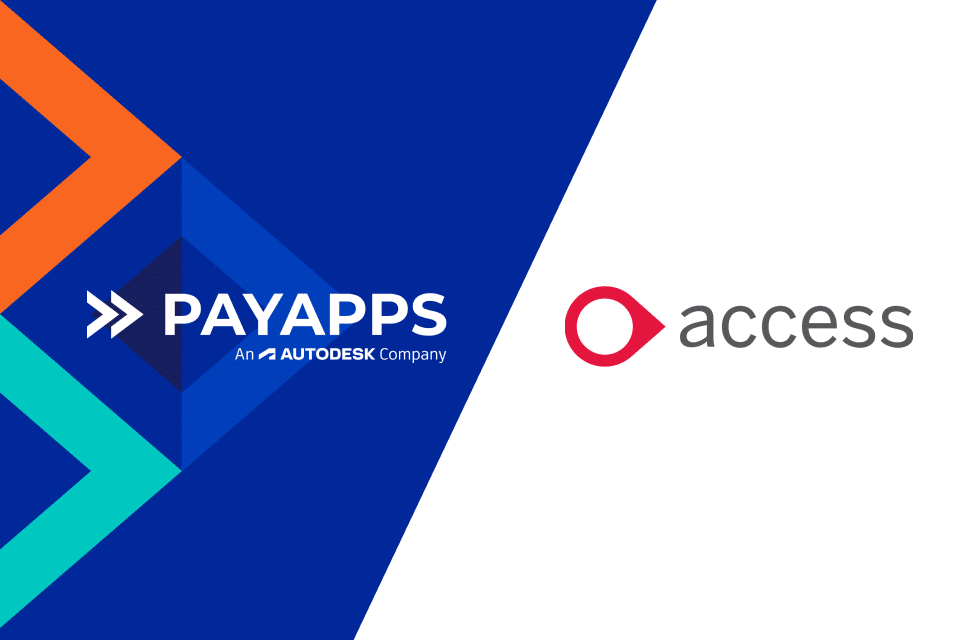A landmark case in the Technology and Construction Court looks to be the first to consider whether those issuing Payment Notices have a genuine belief that the amount stated is genuinely correct.

The background
Downs Road Development LLP (“the Employer”) employed Laxmanbhai Construction (UK) Ltd (“the Contractor”) to demolish existing buildings and erect new buildings containing 79 residential units. Clause 4 of the contract stated that the Contractor was entitled to receive interim payments from the Employer.
Here’s how the situation unfolded:
- On 26th February 2021 the Contractor sent Interim Application 34 which stated the sum considered due totalled £1,888,660.70. Five days later the Employer responded, sending Payment Notice 34 as a holding measure which stated that the net amount for payment was £0.97. The covering email which was sent with Payment Notice 34 said that ‘we confirm a furtherpayment notice will be issued to you in due course and will not affect your payment date’. The Employer explained that they had been having difficulty ‘assessing the valuations in a timely manner’.
- On 9th March 2021 the Employer issued Payment Notice 34a to the Contractor. Payment Notice 34a stated that the sum payable was actually £657,218.50.
- In April 2021, the Contractor referred to adjudication the question of ‘the correct sum due to the Referring Party in Interim Payment 34’.
What does this mean?
The Construction Act sets out requirements stating that payment notices should contain the sum the party ‘considers’ to be due, as well as the basis on which that sum is calculated. These notices define the ‘notified sum’ to be paid under section 111 of the Construction Act.
Where a construction contract allows for a payment application to be made by the contractor (as in this particular example), the failure to serve a payment notice or pay less notice within a specified timeframe (no later than 5 days after the Due Date) will result in the amount stated in the payment application becoming the sum that is required to be paid.
Note: Access our blog article to read more about the timings stipulated by the Construction Act.
When situations like this occur, ‘adjudications’ can be commenced by contractors to claim the value that has been referenced in their payment application and these are sometimes referred to as ‘smash and grab’ adjudications.
What makes this particular situation both different and interesting is that in an attempt to stay within the timelines stipulated by the Construction Act, the Employer issued a payment notice totalling £0.97 to prevent the value of the Contractors application of £1,888,660.70 becoming due.
But what that Employer failed to do it to abide by two key stipulations for payment notices as defined by the Construction Act;
- It did not set out the amount genuinely considered to be due
- It did not give a basis for that calculation
Very little attention has been paid to the requirement that the amount stated should be what the notice giver ‘considers’ to be due and has some meaningful learnings for both clients (employers) and contractors.
Key learnings
The decision is likely to result in an increase in smash-and-grab adjudications, commenced on the basis that an employer’s payment notice or pay less notice is invalid because it fails to represent the client’s genuine belief about the sum due.
As a result, clients should be wary of giving any indication that the amount stated in a notice is subject to revision or is merely a holding measure.
On the other hand, contractors should be mindful of the evidence that’s required to support any application to ensure there is a factual basis on which the valuation has been created.
Actions to take
- Ensure you have a watertight process that underpins the timings stipulated in the Construction Act, removes subjectivity, and allows for all supporting material related to all payment applications to be efficiently organised and interrogated.
- Ensure clarity of all communication – having an audit trail of communication is essential
- Ensure all team members, approvers and managers have visibility into all payment applications to ensure that all of the right parties are involved and any potential risk is minimised.
How Payapps can help
1. Removing subjectivity
- Payapps provides a detailed breakdown of original works, variations, materials, and contra charges. Contractors set out detailed contract values against which the subcontractor can only issue applications against. As a result, there will be not be any different interpretations of the truth.
2. Process clarity
- Payapps removes any ambiguity around what the subcontractor can apply for and what they get paid. This includes variations and legislative calculations like CIS and VAT. Reasons for amounts paid less than applied for must be stated via a mandatory field and are clearly presented on the payment notice.
- Payment notice breakdowns clearly state the Notified Sum and the basis on which the sum is calculated, including applied for vs. certified figures and calculations for retention, main contractor discount and VAT (if applicable).
- Transparency across the business to prompt other stakeholders on key actions that need to be taken and providing visibility of any actions that are pending.
3. Streamlined communication
- Payapps sends subcontractors automatic email reminders to submit their applications. Additional email reminders are automatically sent to main contractors to assess until final assessment is done, ensuring critical process steps are not missed.
- Automated application for payment and payment notice PDFs are created by the system and automatically sent by email, providing an audit log of all key dates like Valuation Date, Certified Date, Payment Due Date and Final Date for Payment.





